Over the past decade central Melbourne has undergone rapid growth and seen unprecedented levels of development activity. There was significant concern from the general public, and planning and design professionals, that the quality of many of these developments was beginning to undermine the long-term liveability and success of the city.
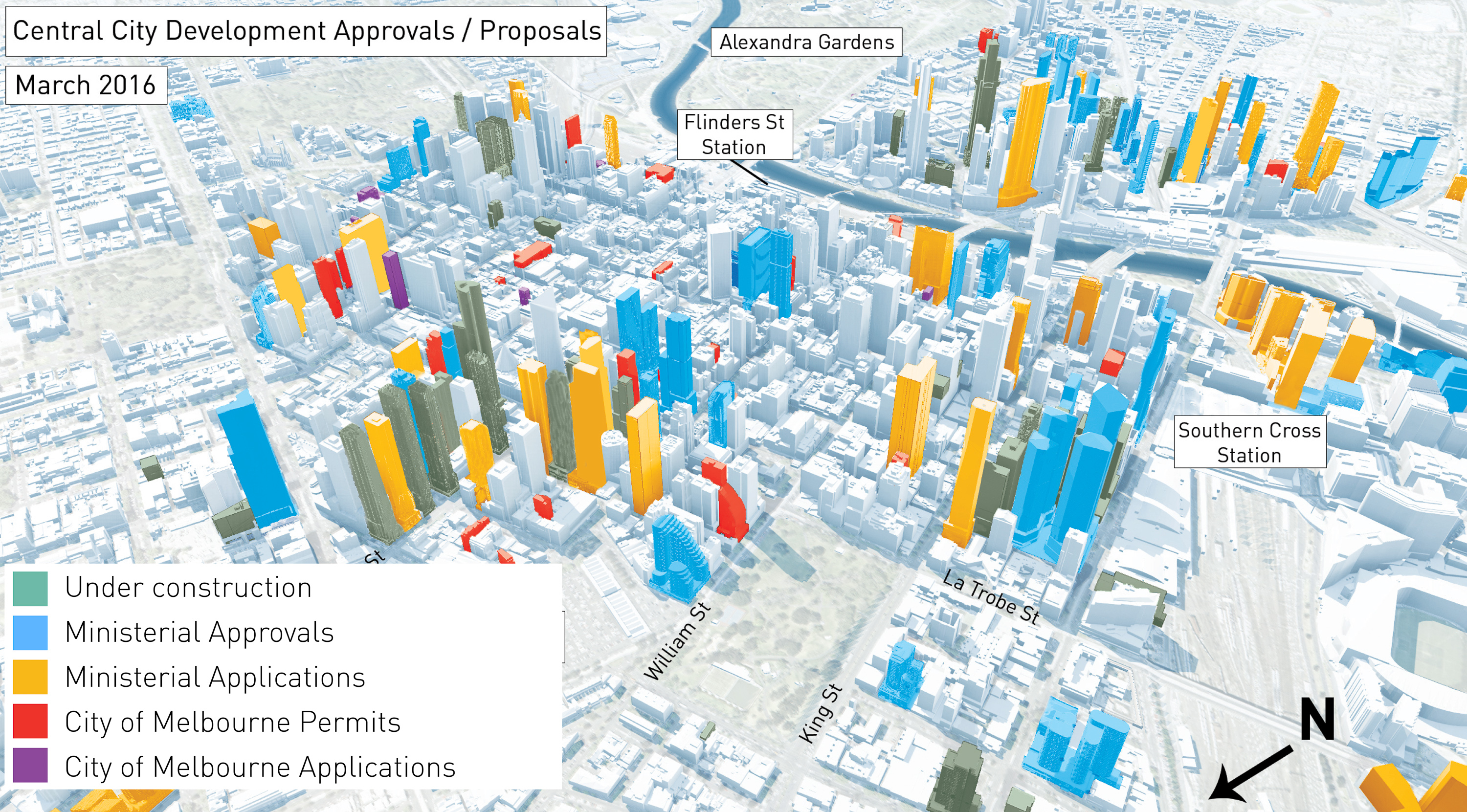
In early 2015, Leanne Hodyl published findings from her award-winning Churchill Fellowship that transformed how these developments were perceived. Her research demonstrated that high-rise apartments were being built in Melbourne at four times the maximum densities allowed in hyper-dense cities such as Hong Kong and New York. The report emphasised the inadequacy of the existing planning controls in managing the scale and acceleration of growth and was pivotal in the introduction of interim planning controls in late 2015. This influenced the launch of a comprehensive review of built form policy in the central city by the Minister for Planning.
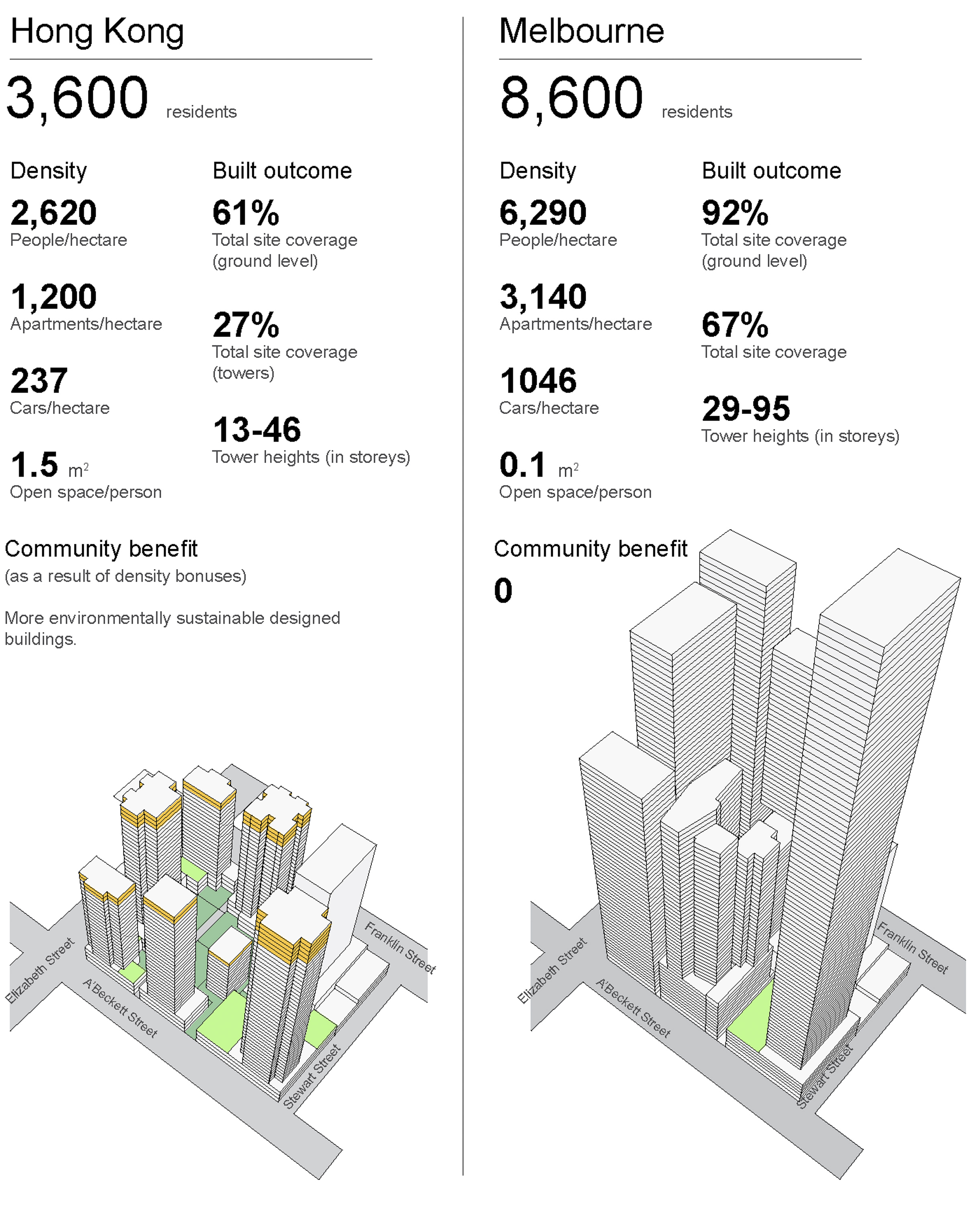
Building on this ground breaking work, Hodyl & Co were given a brief to synthesise a comprehensive body of research that examined the planning context in the central city. This synthesis was used to inform a series of recommendations to improve planning controls and built form outcomes.
It's clear that this review is needed to ensure the planning scheme responds to the current scale and density of development occurring in our city.
—Richard Wynne, Victorian Planning Minister
A key challenge was introducing planning controls that would support continued investment in the city, while dramatically raising the standard of urban design. The report emphasises the interdependence of good urban design and the creation of a liveable city with Melbourne's appeal as a destination for economic investment.
The review recommended the introduction of density controls, revised building envelope controls and a floor area uplift mechanism. These planning controls focus on delivering high levels of internal amenity, protecting sunlight to open space, improving the relationship between new development and the public realm, setting clear yield expectations for developers and establishing a mechanism to deliver specified public benefits on private land.
Leanne Hodyl appeared as a key expert witness in urban design and planning for the Department through the independent panel review.
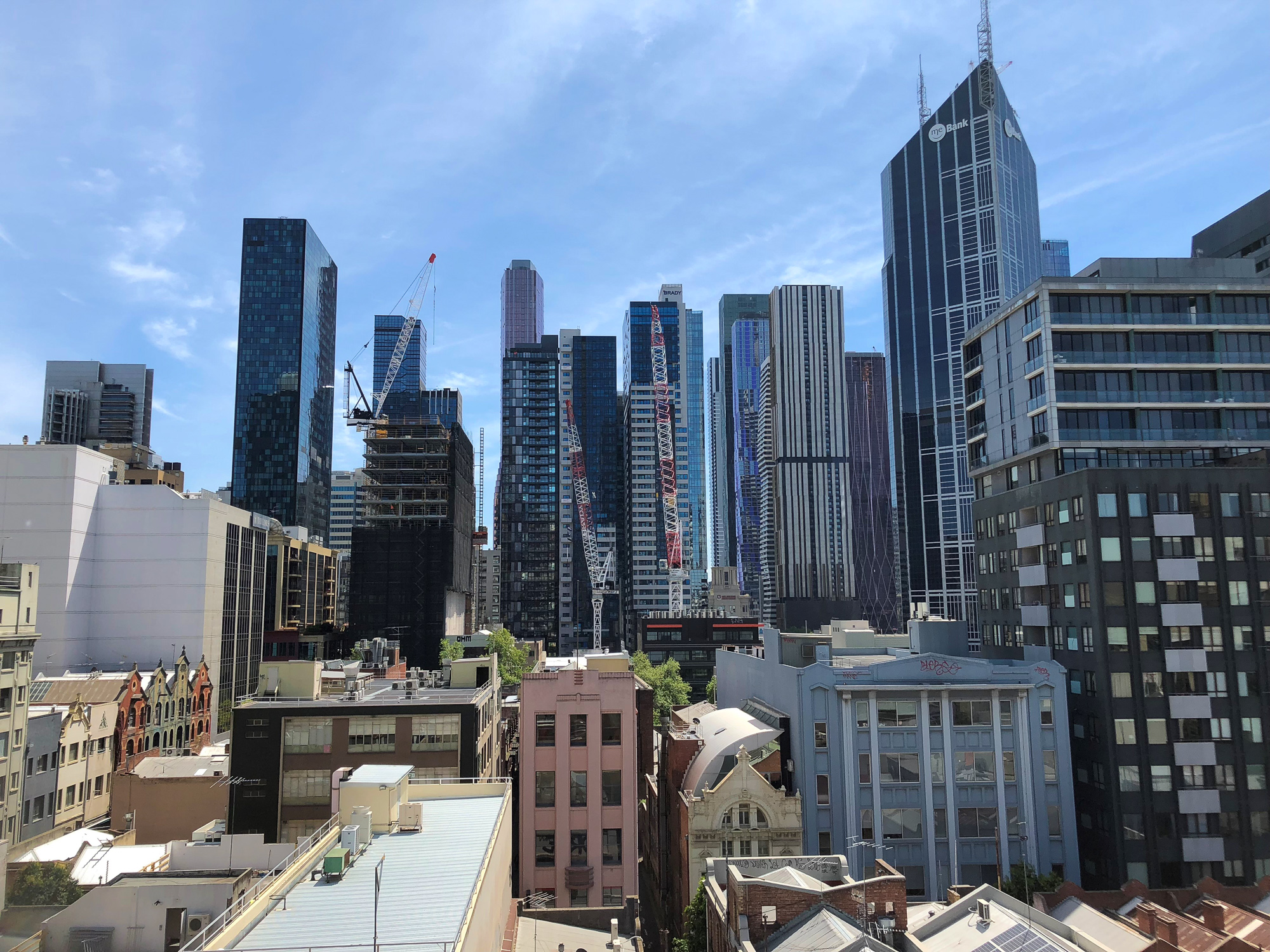
The Central City Built Form Review Synthesis Report was finalised in early 2016 and Planning Scheme Amendment C270 was gazetted in November 2016 with minor changes. This work arrested the trend towards poor urban design outcomes and transforms the way development occurs in the central city. The revised planning controls protect Melbourne’s internationally recognised liveability and provide certainty and consistency in built form outcomes.
Media
Melbourne allowing high-rise development at rate that would never be allowed overseas, report finds
Stacking up: Melbourne study praises Vancouver’s highrise building policies
Victoria clamps down on high-rise apartment towers
New CBD rules clamp down on excessive skyscraper heights and densities
Dramatic overhaul of Melbourne planning
Related Projects
Central Melbourne Sunlight Report
Sunshine is fundamental to people’s health, wellbeing, comfort and enjoyment of public space. Insufficient access to sunlight can result in detrimental impacts on physical and mental health and research demonstrates that over 50% of Victorians are Vitamin D deficient in winter. Protecting access to sunlight has been a key tenet of planning practice since increasingly taller buildings began to overshadow parks and streets. As growth has intensified in central Melbourne, sunlight protection controls have focused on protecting sunlight to public open space during Spring and Autumn, not necessarily when people needed and wanted to access sunlight. The existing policy also prioritised protection for larger parks, not recognising that the most important park for residents is often the one closest to them.
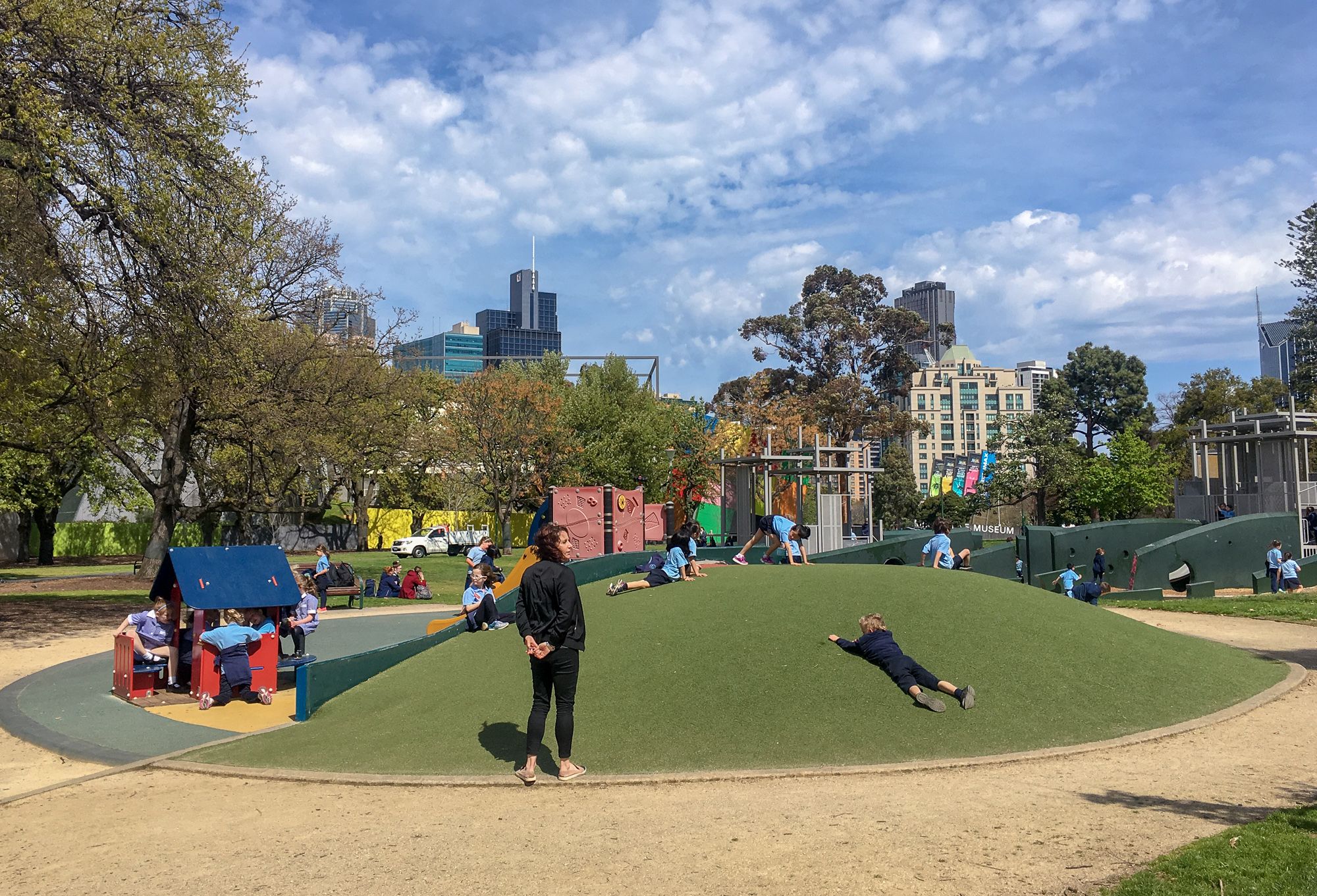
Our brief was to review existing modelling work undertaken for the City of Melbourne to assess current sunlight access and to synthesise this analysis with a review of the existing sunlight protection controls that apply across central Melbourne (excluding the Hoddle Grid and Southbank). We assessed the cumulative impact of overshadowing, identified best-practice approaches to sunlight policy internationally and made recommendations for a consistent and equitable policy approach based on centring people's physical and mental health.
A key challenge was advocating for maximum sunlight access to parks while allowing for reasonable development intensification in an inner city environment.
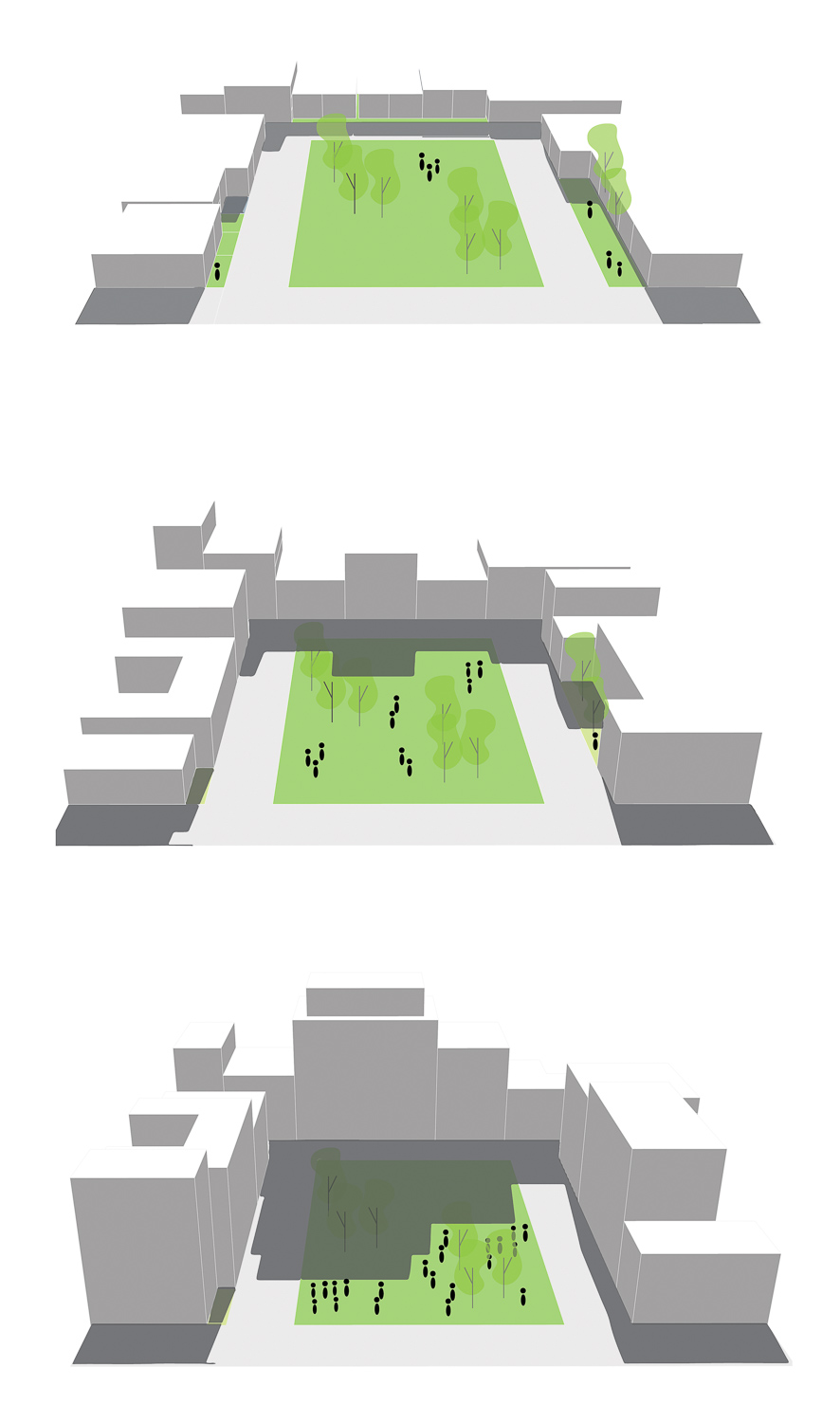
The report recommends introducing an equitable ‘flat’ protection policy for all public parks, based on the finding that the most important park is the one closest to where you live or work. The evidence highlighted the significance of proximity and the value of sunshine within neighbourhood parks. The report also recommends protecting solar access in the winter months between 10am and 3pm to protect equitable access to sunlight when it is most needed.
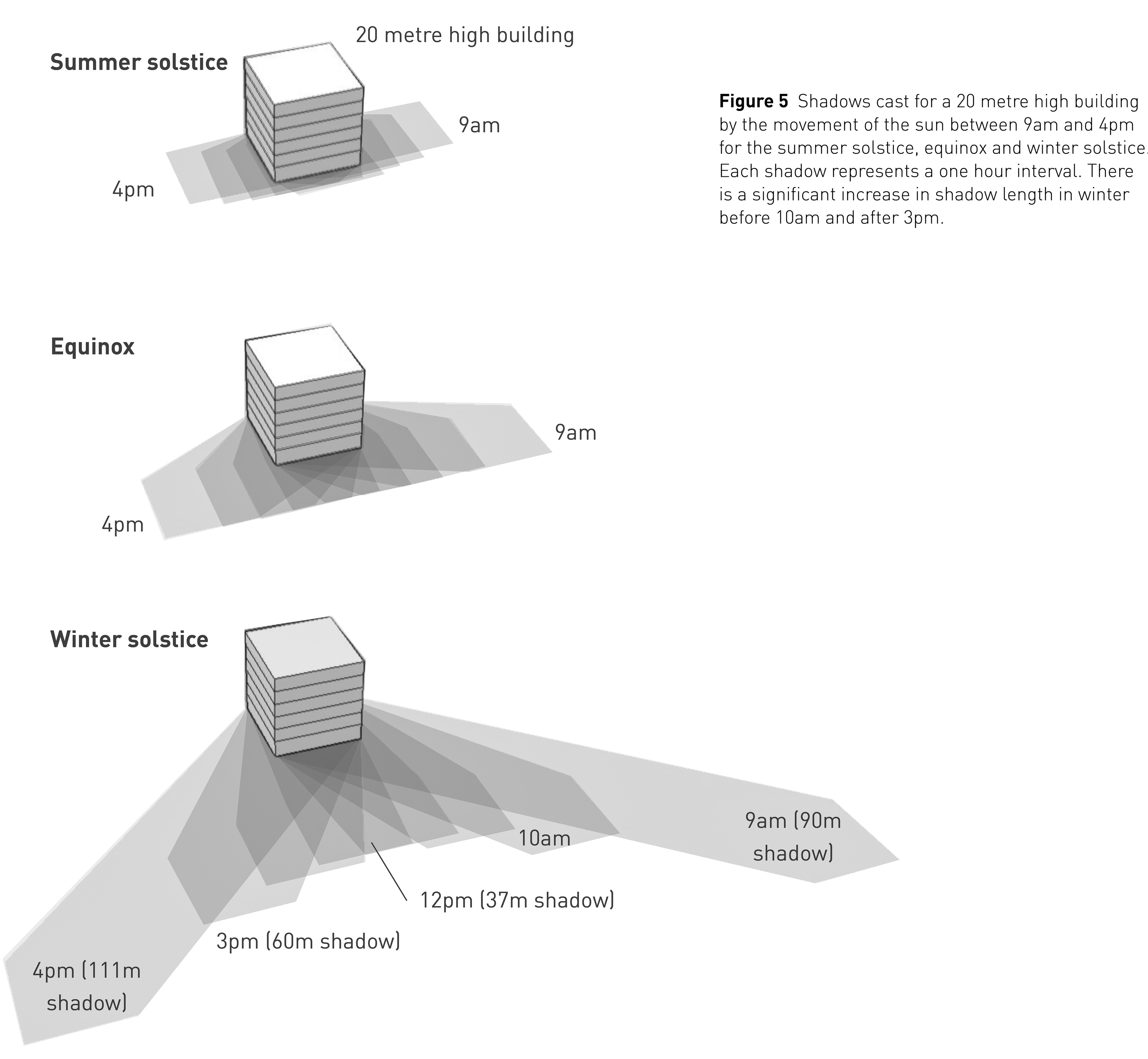
Our report provides the evidence-base to introduce a transformative, progressive approach to planning for a healthy city. It provides the justification for equitable solar access policy that protects parks in winter while supporting inner city development.
Media
New sunlight access control for Melbourne’s parks puts development in the shade
Sunlight fight: City council asks minister to stop park overshadowing
Related Projects
Fishermans Bend Urban Design Strategy